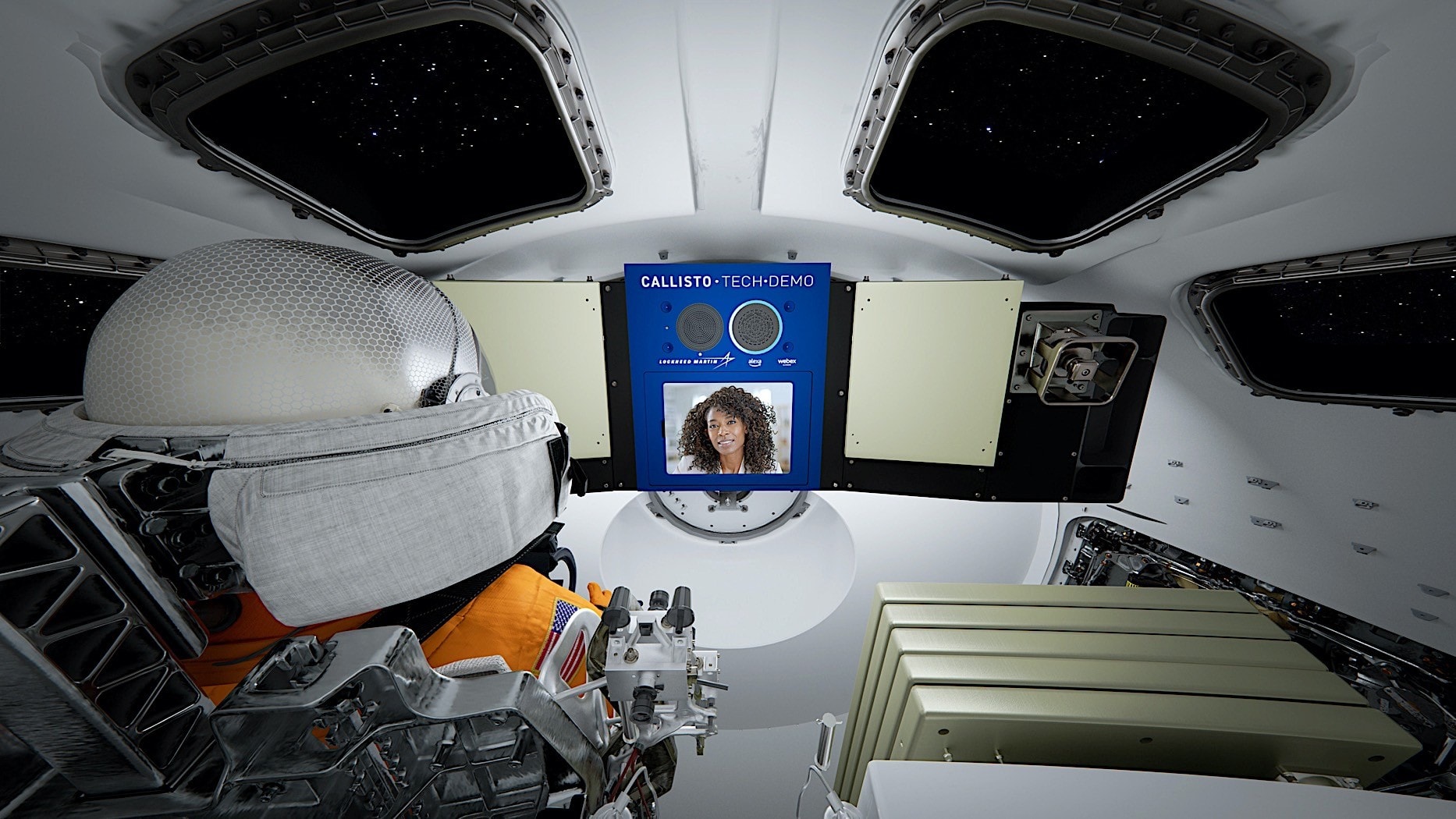I always get confused about Mercedes + NVDIA + Qualcomm and who does what-where, but this extract below makes it easier to work out. Qualcomm = cockpit processors and next gen infotainment and connectivity systems. Nvdia = MBUX systems. So it makes sense that Rob said we're not in competion with NVDIA but they're more like our partners. I mean, he didn't say that verbatim, but I think he said something along those lines. Please feel free to correct me if I'm wrong.
So, since NVDIA are powering Mercedes MBUX then surely we must be partners with NVDIA because neuromorphic principles have been applied to the "Hey Mercedes" voice control system which is part of the MBUX system.
You can see from that the article below published on the 23 Feb 2023 that Mercedes and NVDIA are deepening their partnership and we know also from Markus Shaefer's LinkedIn blog about Neuromorphic Computing, (which specifically mentioned BrainChip), and it's ability to unlock major advances in how we communicate with our cars including on-board analysis of video and speech data all of which occurs inside the MBUX system powered by NVDIA.
That's the way I view it but I could be completely mistaken.
Mercedes-Benz Taking Vehicle Product Lifecycle Digital With NVIDIA AI and Omniverse
Progress on software-defined vehicle collaboration highlighted at automaker’s recent strategy event.
February 23, 2023 by
DANNY SHAPIRO
To drive the automotive industry forward, NVIDIA and Mercedes-Benz are taking the virtual road.
NVIDIA founder and CEO Jensen Huang joined Mercedes-Benz CEO
Ola Källenius on stage at the automaker’s
strategy update event yesterday in Silicon Valley, showcasing progress in their landmark
partnership to digitalize the entire product lifecycle, plus the ownership and automated driving experience.
The automotive industry is undergoing a massive transformation, which is driven by advancements in accelerated computing, AI and the industrial metaverse.
“Digitalization is streamlining every aspect of the automotive lifecycle: from styling and design, software development and engineering, manufacturing, simulation and safety testing, to customer buying and driving experiences,” said Huang.
Since its founding, Mercedes-Benz has set the bar in automotive innovation and ingenuity, backed by superior craftsmanship. The automaker is shaping the future with its intelligent and software-defined vehicles, which are powered by NVIDIA’s end-to-end solutions.
The Fleet of the Future
Next-generation Mercedes-Benz vehicles will be built on a revolutionary centralized computing architecture that includes sophisticated software and features that will turn these future vehicles into high-performance, perpetually upgradable supercomputers on wheels.
During the event, the automaker took the wraps off its new operating system, MB.OS, a purpose-built, chip-to-cloud architecture that will be standard across its entire vehicle portfolio — delivering exceptional software capabilities and ease of use.
MB.OS benefits from full access to all vehicle domains, including infotainment, automated driving, body and comfort, driving and charging — an approach that allows Mercedes-Benz customers a differentiated, superior product experience.
“MB.OS is a platform that connects all parts of our business,” Källenius noted during the event.
Safe Has Never Felt So Powerful
At the heart of this architecture is
NVIDIA DRIVE Orin, which delivers high-performance, energy-efficient AI compute to support a comprehensive sensor suite and software to safely enable enhanced assisted driving and, ultimately,
level 3 conditionally automated driving.
Running on DRIVE Orin is the flexible and scalable software stack jointly developed by NVIDIA and Mercedes-Benz. Sarah Tariq, NVIDIA vice president of autonomous driving software, joined
Magnus Östberg, chief software officer at Mercedes-Benz, on stage to delve deeper into this
full-stack software architecture, which includes the MB.OS, middleware and deep neural networks to enable advanced autonomy.
Tariq said, “The companies are working in close collaboration to develop a software stack that can comfortably and safely handle all the complexities that the automaker’s customers may encounter during day-to-day commutes all over the world.”
This includes enhanced level 2 features in urban environments where there are pedestrians or dense, complex traffic patterns. Using advanced AI, Mercedes-Benz can deliver a comfortable driving experience that consumers have come to expect, backed by uncompromised safety and security.
With the ability to perform 254 trillion operations per second, DRIVE Orin has ample compute headroom to continuously advance this software with new capabilities and subscription services over the life of the vehicle, through over-the-air software updates, via an app, web or from inside the car.
Additionally, Mercedes-Benz is accelerating the development of these systems with the high-fidelity NVIDIA DRIVE Sim platform, built on
NVIDIA Omniverse. This cloud-native platform delivers physically based, scalable simulation for automakers to develop and test autonomous vehicle systems on a wide range of rare and hazardous scenarios.
My new “In the Loop” series kicks off with #Neuromorphic Computing – the clear winner of my poll a few weeks ago. For those unfamiliar, this highly significant field of computing strives to emulate the multi-tasking of the human brain. Traditional microprocessors function sequentially. However...

www.linkedin.com
Progress on software-defined vehicle collaboration highlighted at automaker’s recent strategy event.
blogs.nvidia.com









